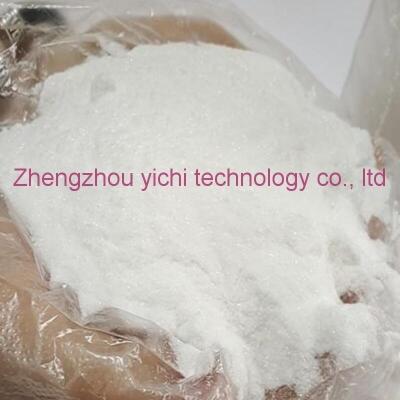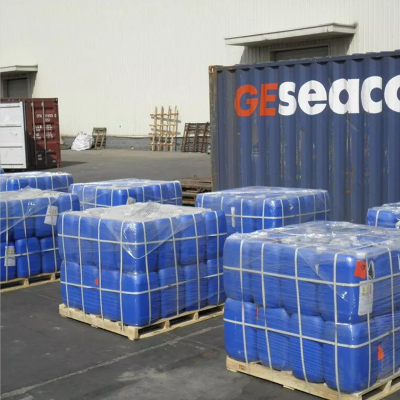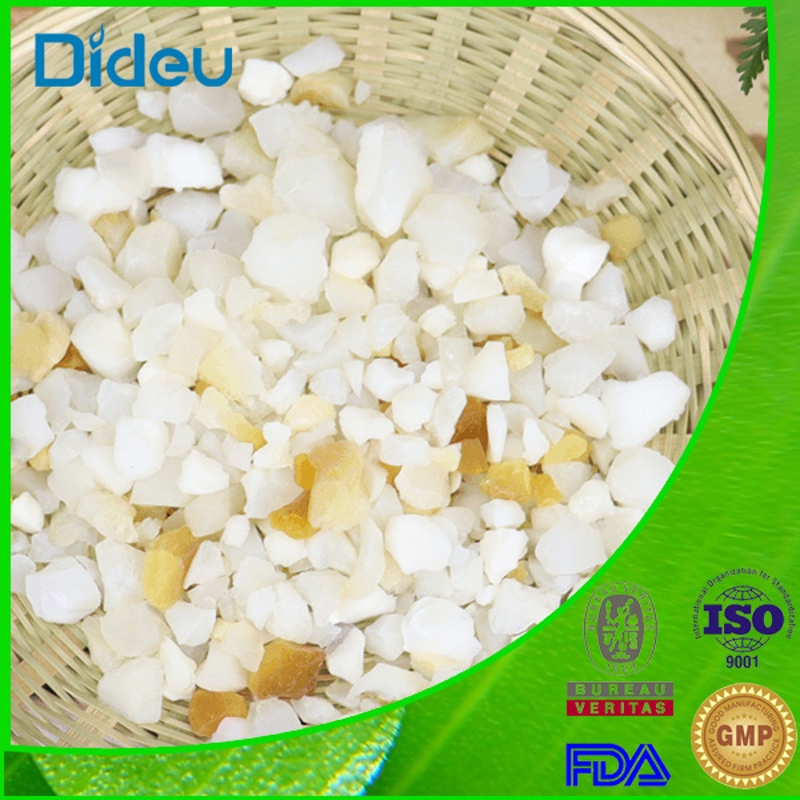-
Categories
-
Pharmaceutical Intermediates
-
Active Pharmaceutical Ingredients
-
Food Additives
- Industrial Coatings
- Agrochemicals
- Dyes and Pigments
- Surfactant
- Flavors and Fragrances
- Chemical Reagents
- Catalyst and Auxiliary
- Natural Products
- Inorganic Chemistry
-
Organic Chemistry
-
Biochemical Engineering
- Analytical Chemistry
-
Cosmetic Ingredient
- Water Treatment Chemical
-
Pharmaceutical Intermediates
Promotion
ECHEMI Mall
Wholesale
Weekly Price
Exhibition
News
-
Trade Service
4-Vinylguaiacol, also known as Para-Vinylguaiacol, is an organic compound with the molecular formula C6H10O2.
It is a white or almost white solid with a characteristic odor.
This compound is used as a building block in the production of various chemical products in the chemical industry.
In this article, we will discuss the upstream and downstream products of 4-Vinylguaiacol.
Upstream Products
The production of 4-Vinylguaiacol involves several upstream processes, which include the production of acetylene and synthesis gas.
Acetylene is produced by the thermal decomposition of calcium carbide, while synthesis gas is produced by the gasification of coal, natural gas, or biomass.
The synthesis gas is then converted into 4-Vinylguaiacol through a series of chemical reactions, including the Fischer-Tropsch reaction and the Strecker reaction.
Downstream Products
The primary downstream product of 4-Vinylguaiacol is vinyl chloride monomer (VCM), which is used in the production of polyvinyl chloride (PVC) plastic.
PVC is widely used in construction, packaging, and electrical industries.
Other downstream products include detergents, fragrances, and pharmaceuticals.
PVC Production
The production of PVC involves the polymerization of vinyl chloride monomer.
The monomer is polymerized using heat and a catalyst, such as a metal oxide, to form a plastic polymer.
The resulting PVC resin can be further processed into a variety of products, including pipes, window frames, flooring, and wallpaper.
Detergent Production
4-Vinylguaiacol is also used in the production of linear alkylbenzene (LAB), which is a raw material for the production of detergents.
The production of LAB involves the reduction of 4-Vinylguaiacol to benzaldehyde, which is then reacted with a mixture of sodium hydroxide and benzene to form LAB.
The LAB is then polymerized to form the final detergent product.
Fragrance Production
4-Vinylguaiacol is used as a raw material in the production of fragrances.
The compound is converted into a variety of fragrance ingredients through a series of chemical reactions.
The resulting fragrance ingredients are used in the production of perfumes, soaps, shampoos, and other personal care products.
Pharmaceutical Production
4-Vinylguaiacol is also used in the production of certain pharmaceuticals.
The compound is converted into a variety of intermediates and final products through a series of chemical reactions.
The resulting products are used in the production of drugs, vitamins, and other pharmaceutical products.
Conclusion
4-Vinylguaiacol is an important building block in the chemical industry.
The compound is used in the production of various upstream and downstream products, including vinyl chloride monomer, linear alkylbenzene, fragrances, and pharmaceuticals.
The production of these products involves a series of chemical reactions and processes, which are carried out by chemical companies using advanced technology and equipment.
The demand for these products is growing, driven by the increasing demand for plastics, personal care products, and pharmaceuticals.
As a result, the production of 4-Vinylguaiacol is expected to continue to grow in the coming years.







